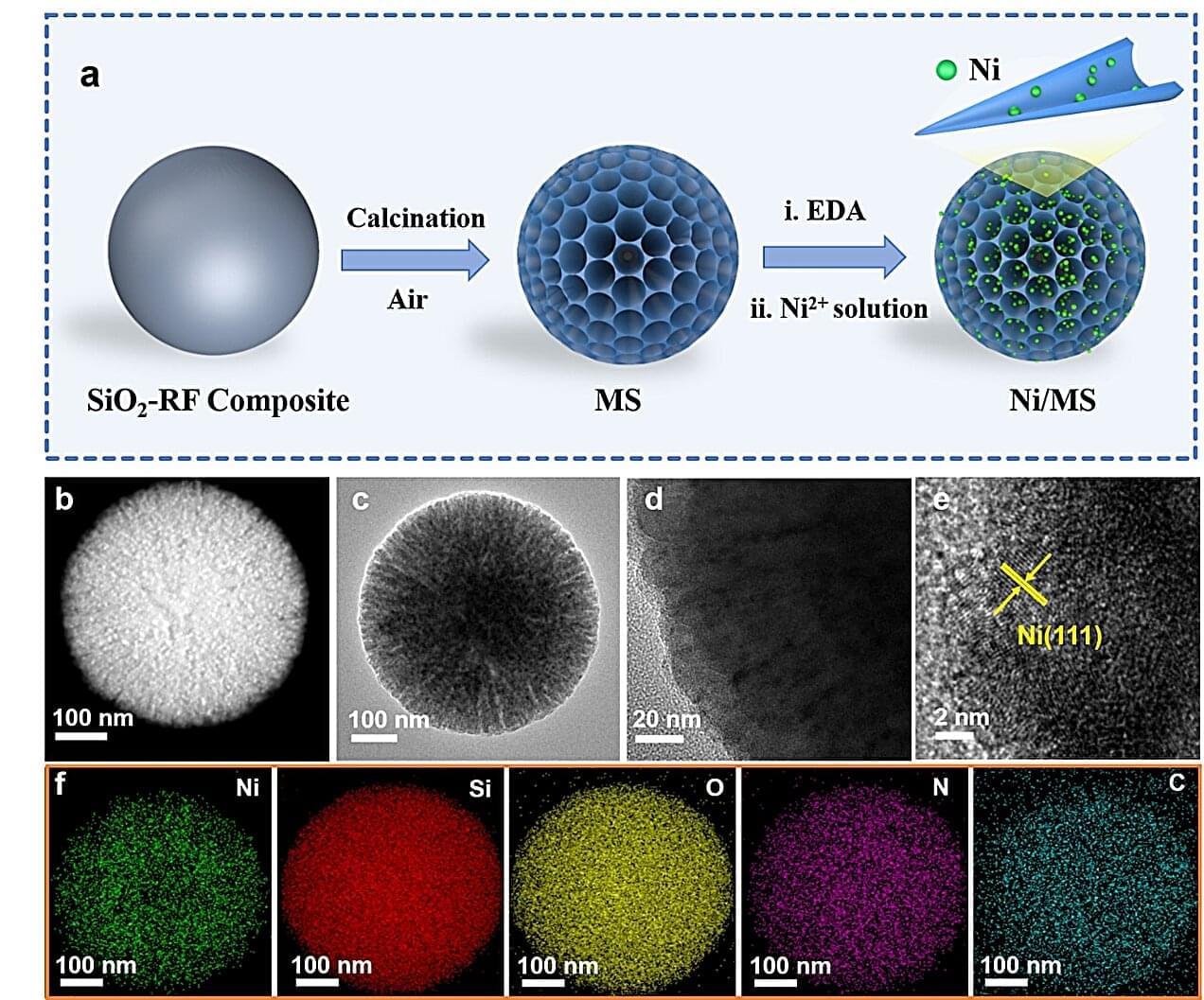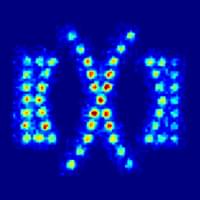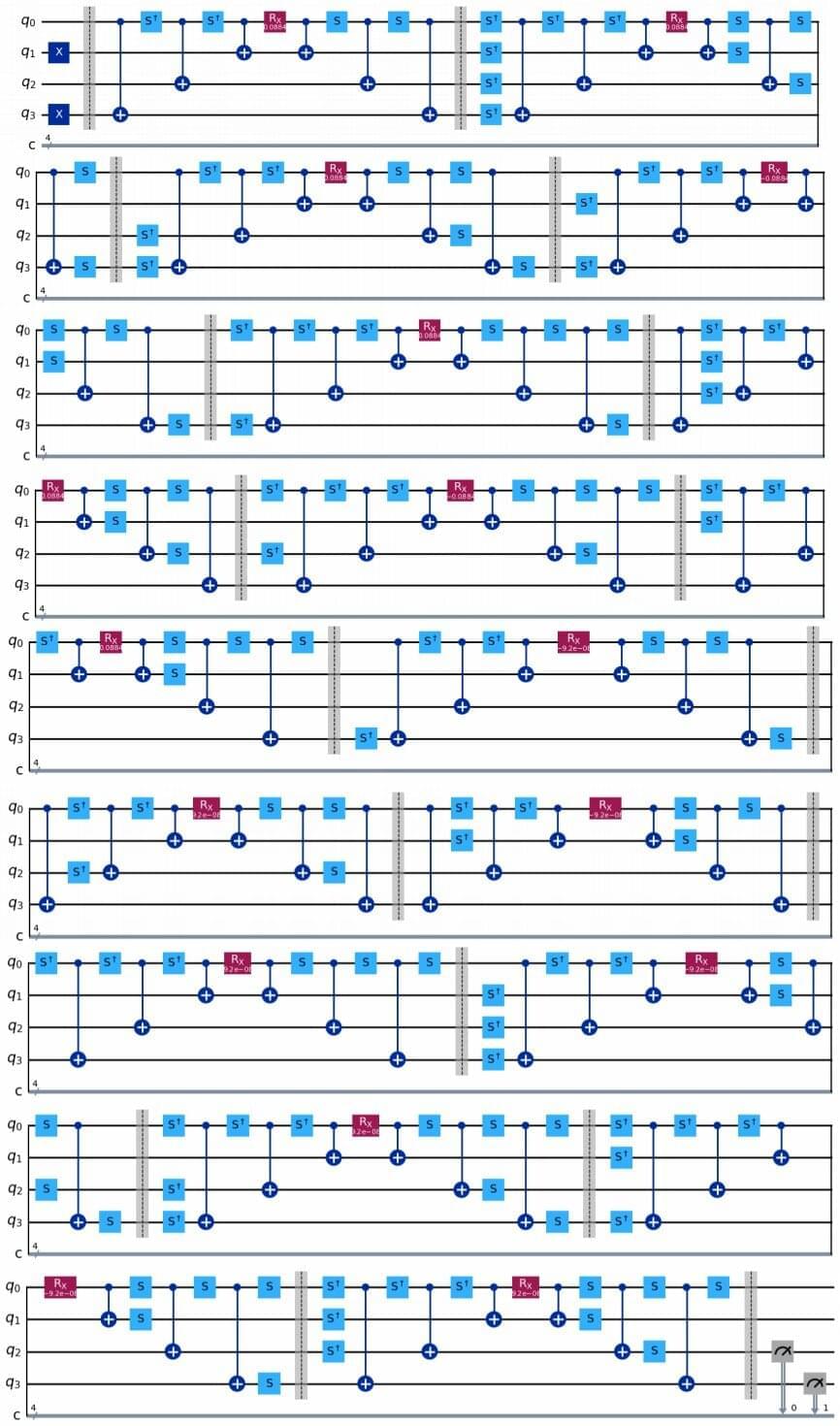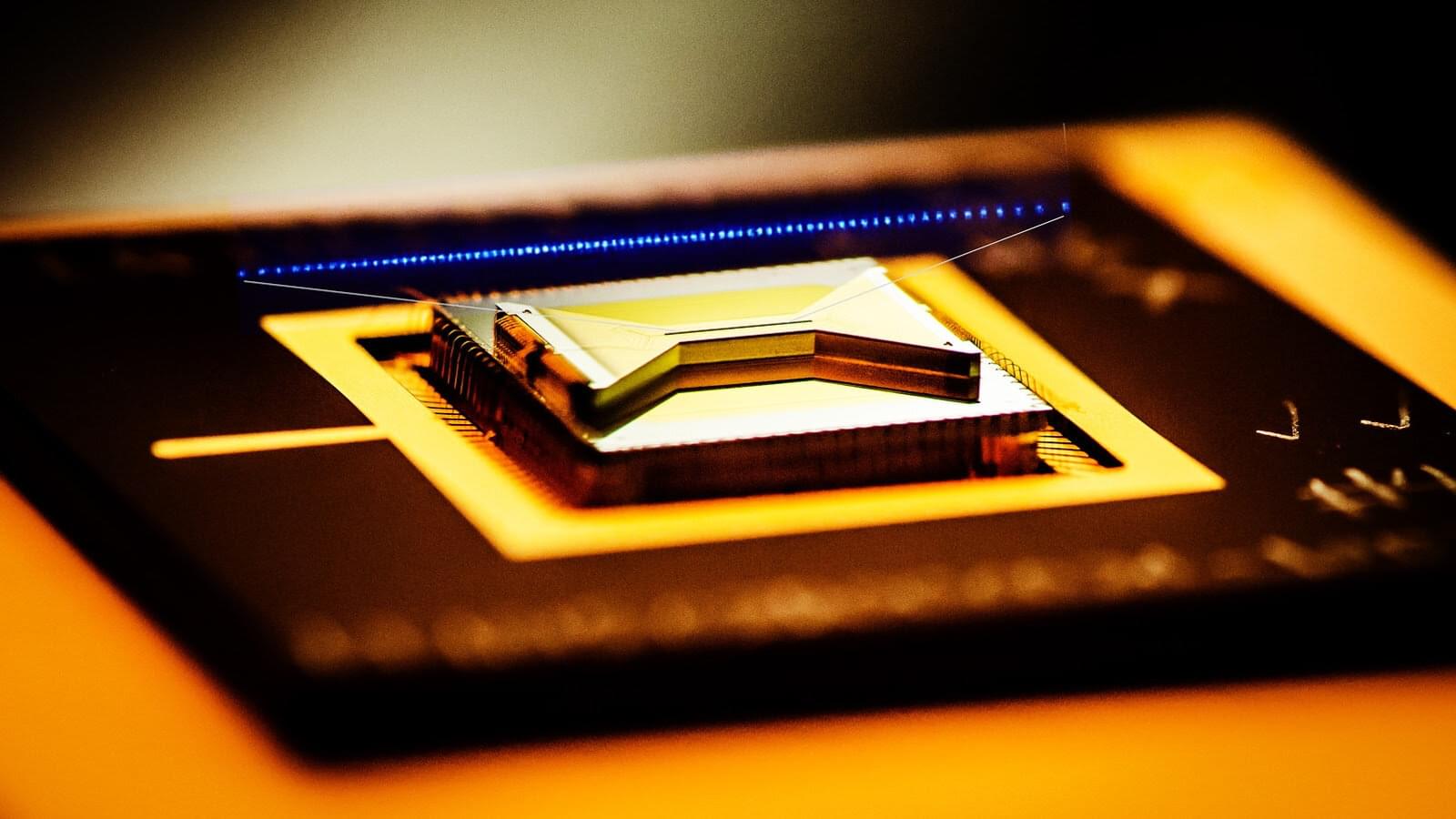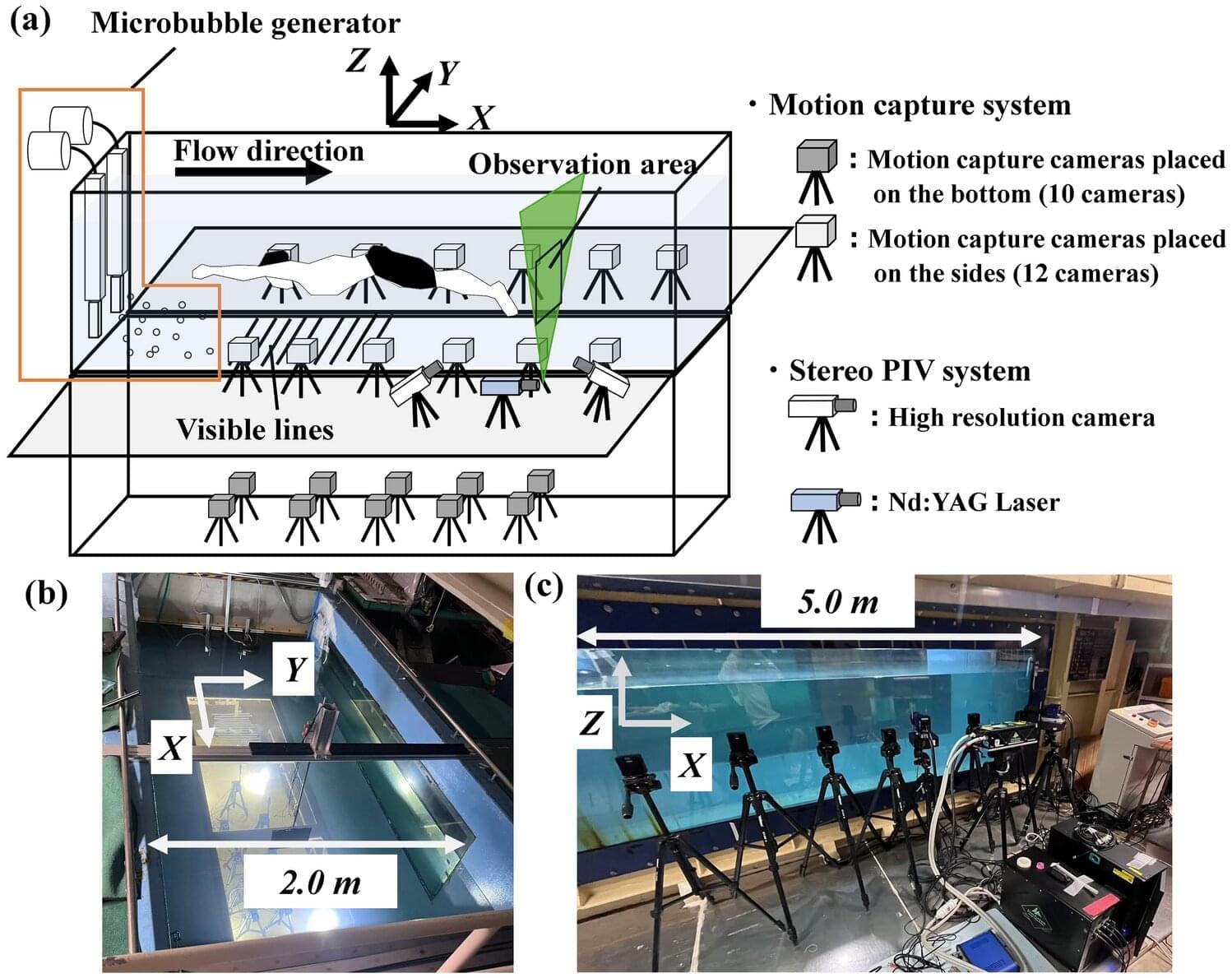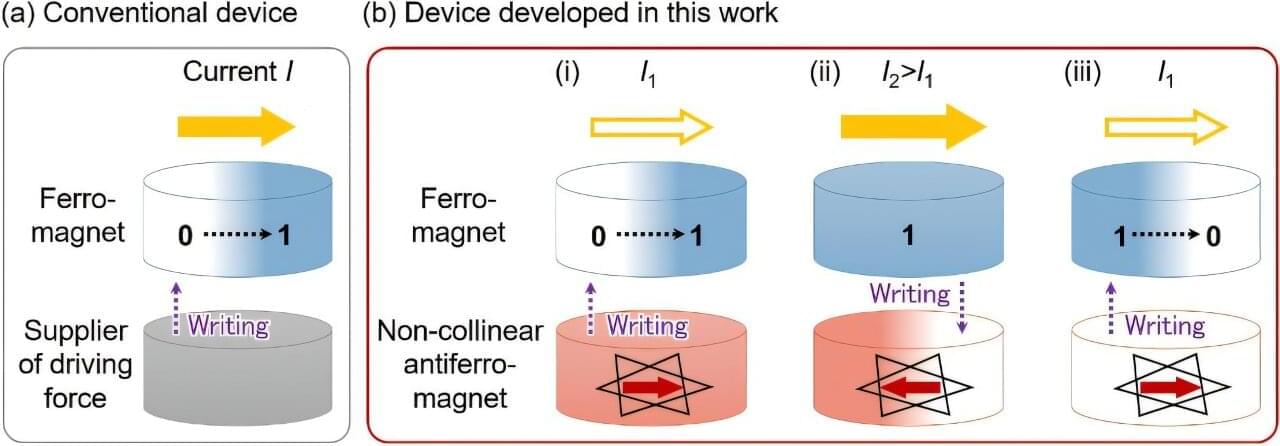In a major milestone for particle physics, scientists at CERN’s Large Hadron Collider (LHC) have successfully observed top quarks—one of the most elusive and short-lived fundamental particles—being produced in a laboratory setting. This historic discovery sheds light on the nature of matter and offers new insights into the early Universe, marking a turning point in our understanding of subatomic particles.
Quarks are the fundamental building blocks of protons and neutrons, which in turn make up the atoms forming all matter in the Universe. There are six known types of quarks: up, down, charm, strange, top, and bottom. Among these, the top quark stands out due to its heavy mass and extreme instability.
Unlike protons or neutrons, which persist indefinitely under normal conditions, the top quark decays almost instantly, with a lifetime of just 5×10^−25 seconds. This fleeting existence has made direct observation challenging, making the latest results from the LHC a remarkable breakthrough in experimental physics.


